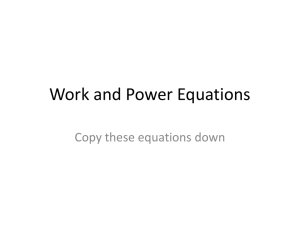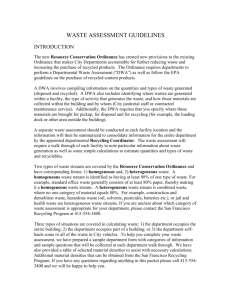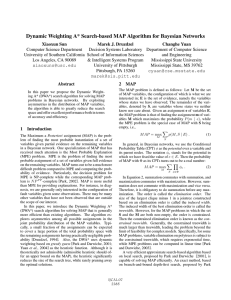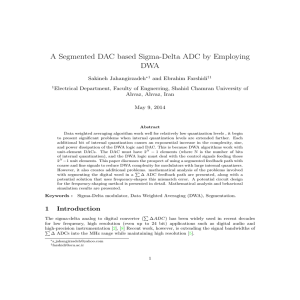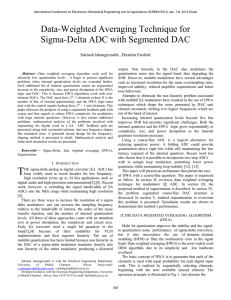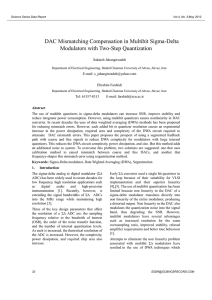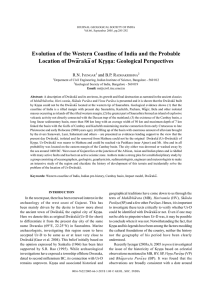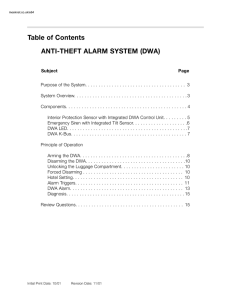Physics 2a, Oct 25, lecture 14 ⋆Reading: chapter 6.
advertisement
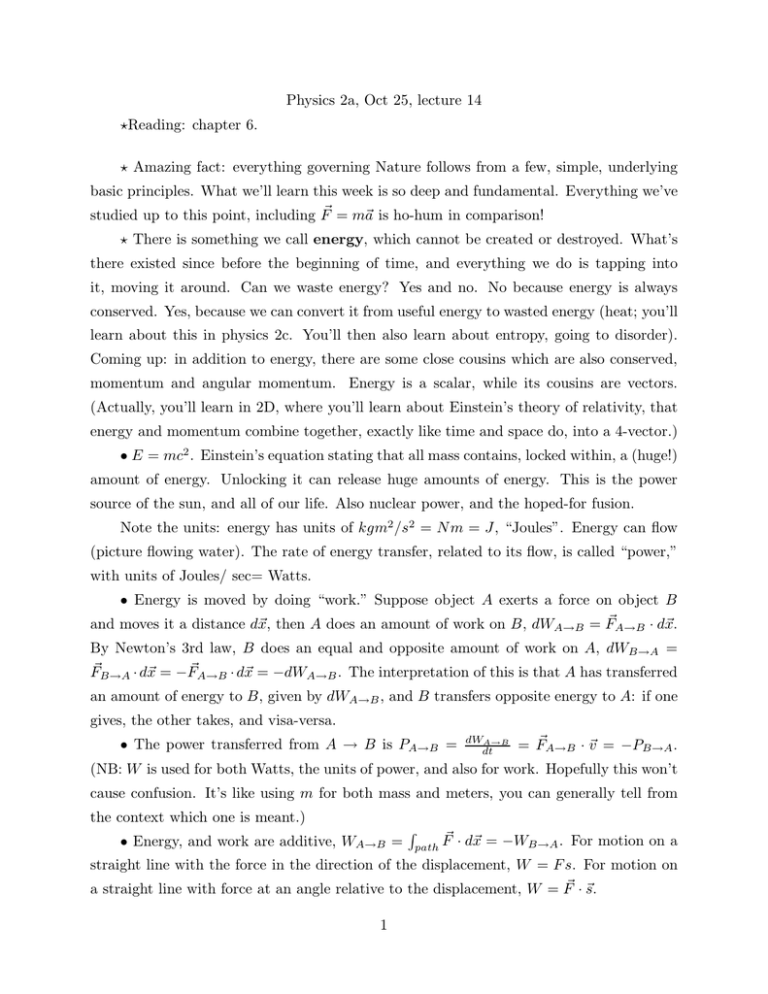
Physics 2a, Oct 25, lecture 14 ⋆Reading: chapter 6. ⋆ Amazing fact: everything governing Nature follows from a few, simple, underlying basic principles. What we’ll learn this week is so deep and fundamental. Everything we’ve ~ = m~a is ho-hum in comparison! studied up to this point, including F ⋆ There is something we call energy, which cannot be created or destroyed. What’s there existed since before the beginning of time, and everything we do is tapping into it, moving it around. Can we waste energy? Yes and no. No because energy is always conserved. Yes, because we can convert it from useful energy to wasted energy (heat; you’ll learn about this in physics 2c. You’ll then also learn about entropy, going to disorder). Coming up: in addition to energy, there are some close cousins which are also conserved, momentum and angular momentum. Energy is a scalar, while its cousins are vectors. (Actually, you’ll learn in 2D, where you’ll learn about Einstein’s theory of relativity, that energy and momentum combine together, exactly like time and space do, into a 4-vector.) • E = mc2 . Einstein’s equation stating that all mass contains, locked within, a (huge!) amount of energy. Unlocking it can release huge amounts of energy. This is the power source of the sun, and all of our life. Also nuclear power, and the hoped-for fusion. Note the units: energy has units of kgm2 /s2 = N m = J, “Joules”. Energy can flow (picture flowing water). The rate of energy transfer, related to its flow, is called “power,” with units of Joules/ sec= Watts. • Energy is moved by doing “work.” Suppose object A exerts a force on object B and moves it a distance d~x, then A does an amount of work on B, dWA→B = F~A→B · d~x. By Newton’s 3rd law, B does an equal and opposite amount of work on A, dWB→A = F~B→A · d~x = −F~A→B · d~x = −dWA→B . The interpretation of this is that A has transferred an amount of energy to B, given by dWA→B , and B transfers opposite energy to A: if one gives, the other takes, and visa-versa. • The power transferred from A → B is PA→B = dWA→B dt = F~A→B · ~v = −PB→A . (NB: W is used for both Watts, the units of power, and also for work. Hopefully this won’t cause confusion. It’s like using m for both mass and meters, you can generally tell from the context which one is meant.) • Energy, and work are additive, WA→B = R path F~ · d~x = −WB→A . For motion on a straight line with the force in the direction of the displacement, W = F s. For motion on a straight line with force at an angle relative to the displacement, W = F~ · ~s. 1 For example, someone lifting a bag of groceries does positive work. Lowering the groceries, they do negative work. Carrying the groceries does no work. Moving in a circle ~ · d~x = 0.) does no work (since F 2

